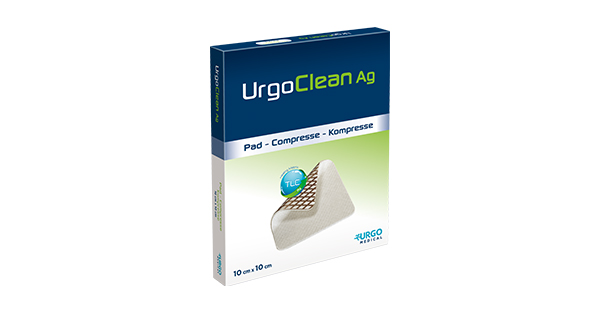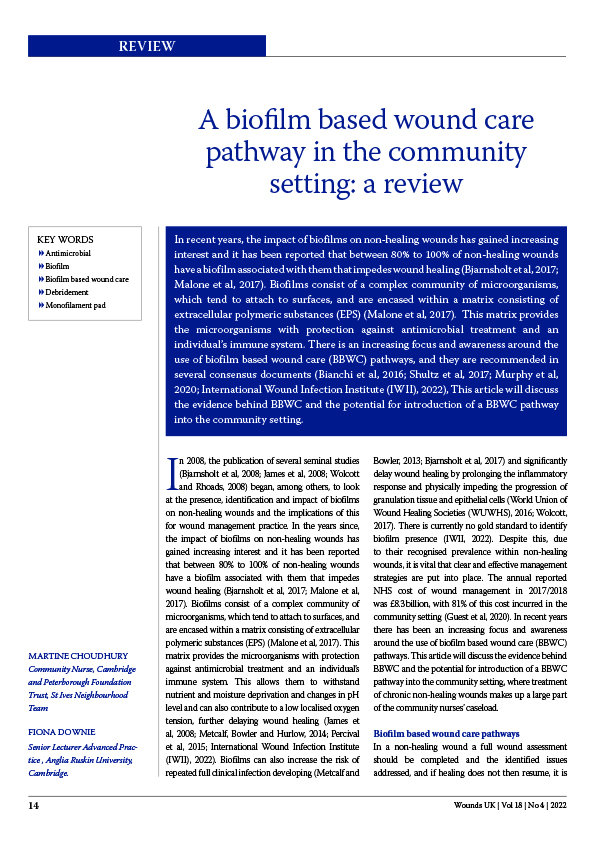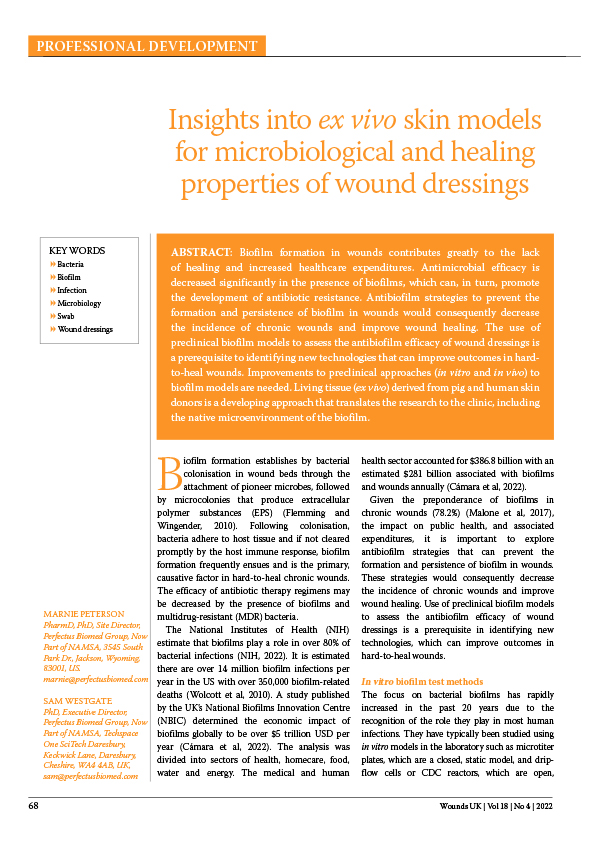Antimicrobial resistance (AMR) is a global health threat that has been referred to as the ‘silent pandemic’. The World Health Organisation (WHO) has declared that AMR is one of the top 10 global public health threats facing humanity and it has been predicted that AMR will lead to over ten million deaths by 2050 (Goel et al, 2011).
AMR is the result of the inappropriate use of antibiotics in humans, animals, and the environment (Antimicrobial resistance fighter coalition, 2023). The inter-relationships between people, animals and plants, allows bacteria, including resistant bacteria, to spread. The over-prescribing of antibiotics, excessive use of antibiotics in agriculture, poor infection control in healthcare facilities, and poor hygiene and cleaning practices all contribute to the spread of bacteria and increase in antibiotic resistance (Antimicrobial resistance fighter coalition, 2023).
Many pathogenic bacteria such as Pseudomonas aeruginosa are multidrug resistant (MDR), meaning that they have developed mechanisms to resist multiple antibiotics. Antibiotic resistance genes can be transferred horizontally between different bacterial pathogens, and this is particularly prevalent within biofilm communities (Figure 1). While antibiotic resistance is a natural survival strategy within microbial communities, another ancient survival strategy involves bacteria existing within a self-produced polymeric matrix known as biofilm.
Biofilms form when bacteria attach to a surface (living or non-living), multiply, and secrete a matrix around themselves that protects bacteria from environmental threats such as antibiotics.
Although there is widespread awareness of antibiotic resistance (i.e., bacteria becoming genetically resistant to antibiotics), there is much less awareness of antimicrobial tolerance (i.e., bacteria in biofilm physically and biologically tolerating antimicrobial agents such as antibiotics, antiseptics, and disinfectants).
So, what is the relationship between biofilms and antibiotic resistance?
It is reported that 80% of the bacterial infections that we acquire are biofilm-related (Bowler et al, 2020) and biofilm causes persistent and recurrent infections that respond poorly to antibiotics. Despite the acknowledgement of the implications of biofilms in chronic infections, its role in antibiotic resistance has been largely overlooked. Biofilm must be considered synonymously with antibiotic resistance because of its proficiency in transferring resistance genes as well as its innate phenotypic tolerance to antibiotics (Bowler et al, 2020).
Accredited biofilm methods and what they mean for the development of AMR strategies
It has been established that biofilms are both widespread in chronic wounds and less susceptible to antibiotic treatment then planktonic organisms. Wound care technologies have become increasingly targeted towards having antibiofilm properties; however, the absence of accredited biofilm test methods makes it difficult to support antibiofilm claims. UKAS accredited biofilm test methods for models such as the minimum biofilm eradication concentration (MBEC) (Figure 2), the Centre for Disease Control (CDC) reactor (Figure 3), and Drip Flow Reactor (DFR) models (Figure 4) for Staphylococcus aureus, Pseudomonas aeruginosa, and Candida albicans, is the first step towards standardising biofilm testing methodology. Standardised biofilm test methods allow benchmark testing of new and existing wound care technologies. This has implications for the wound care sector as it will help inform medical professionals on the selection of the most appropriate treatment technology, which, in turn, could reduce the health and financial costs of biofilm-impeded chronic wounds.
These standard test methods use specific bacterial pathogens (Staphylococcus aureus, and Pseudomonas aeruginosa), often in combination with fungi such as Candida albicans, to simulate complex microbial communities more closely in chronic wounds. The importance of developing and accrediting assays that test new and existing wound care products against key biofilm forming bacteria, without the need to use antibiotics, is important in helping to combat AMR and its associated global health threats.
Conclusion
The natural link between AMR and biofilms creates an alarming threat in chronic infections. There is a significant need for new antimicrobial strategies to disrupt biofilm, enhancing the action of antimicrobial agents, and reducing the opportunity for antibiotic resistance gene transfer within biofilm. Along with clinical strategies there is also a need for greater awareness and acknowledgement of the relationship between AMR and biofilms, this is crucial to slowing the progression of AMR.
Approximately 80% of chronic and recurrent microbial infections in the human body are thought to bedue to bacterial biofilm. Microbial cells within biofilms have shown 10–1000 times more antibiotics resistance than the planktonic cells (Sharma et al, 2019). With increasing emergence of multidrug resistance it is key to acknowledge the need for therapeutic options that combat microbial resistance and tolerance in chronic biofilm infections.
When testing medical devices, it is also important to ensure that appropriate biofilm test methods are accredited. Accredited methods provide (i) an assurance that the test has been carried out to a high standard and the assays produce highly reproducible data between tests, between scientists and between laboratories; (ii) an assurance that study measurements are taken with instruments that have been maintained and calibrated to traceable international standards, and (iii) a quality seal that is recognised internationally.





